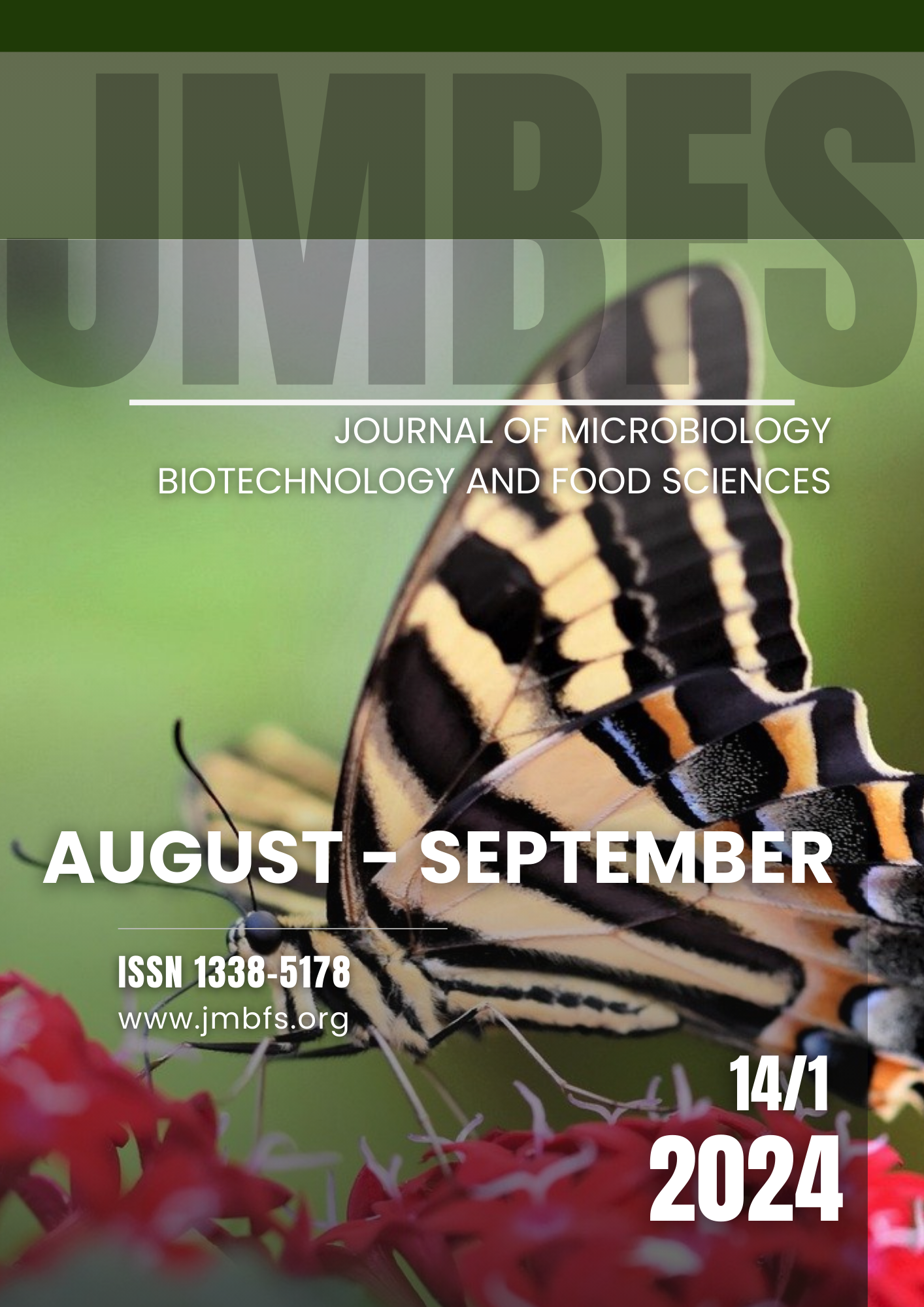SAMPLING TECHNIQUE THE EGGSHELL THICKNESS
DOI:
https://doi.org/10.55251/jmbfs.11056Keywords:
eggshell, thickness, sampling, laying hen, ageAbstract
The aim of the study was to investigate the shell thickness of table eggs using a destructive method with a focus on the technique of sampling from three locations in the equatorial plane, the sharp and the blunt end of the egg. The subject of the study was the eggshell thickness with membranes of the influence of the sample taken on the egg in equatorial plane 1, equatorial plane 2, equatorial plane 3, at the sharp end and the blunt end of the egg, and a laying hen of breed Dominant aged 61 weeks (3 small-breedings) and 104 weeks (1 small-breeding). The measurement of eggshell thickness was carried out using a DIAL INDICATOR deviation meter, with an accuracy of 0.01 mm and a maximum thickness of 30 mm. The SAS statistical package, version 8.2, was used for statistical evaluation of the results. The influence of the location of the eggshell sample taken in 3 locations of the equatorial plane, at the sharp and blunt end of the egg on its thickness in the range of average values of 0.32 to 0.40 mm was not statistically significant (P>0.05). The influence of laying hen age was statistically significant (P≤0.05) by a higher eggshell thickness in the range of average values of 0.38 to 0.40 mm at 104 weeks compared with eggshell thickness of average values of 0.32 to 0.35 mm at 61 weeks. A strong linear positive correlation in eggshell thickness was found between two variables at all investigated sample locations on eggs laid by laying hens Dominant regardless of age. The overall results of eggshell thickness indicate that its evaluation is a complex process as an indicator of eggshell quality due to multifactorial external and internal influence. Considering the trend of lengthening the laying cycle in laying hens for environmental reasons, it is important to address the influence of age, housing system and breed suitability in relation to optimizing the uniformity of the thickness as part of the shell quality of the eggs.
Downloads
Downloads
Published
How to Cite
Issue
Section
License
Copyright (c) 2023 Michal Angelovič, Lucia Zelenakova

This work is licensed under a Creative Commons Attribution 4.0 International License.
All papers published in the Journal of Microbiology, Biotechnology and Food Sciences are published under a CC-BY licence (CC-BY 4.0). Published materials can be shared (copy and redistribute the material in any medium or format) and adapted (remix, transform, and build upon the material for any purpose, even commercially) with specifying the author(s).





